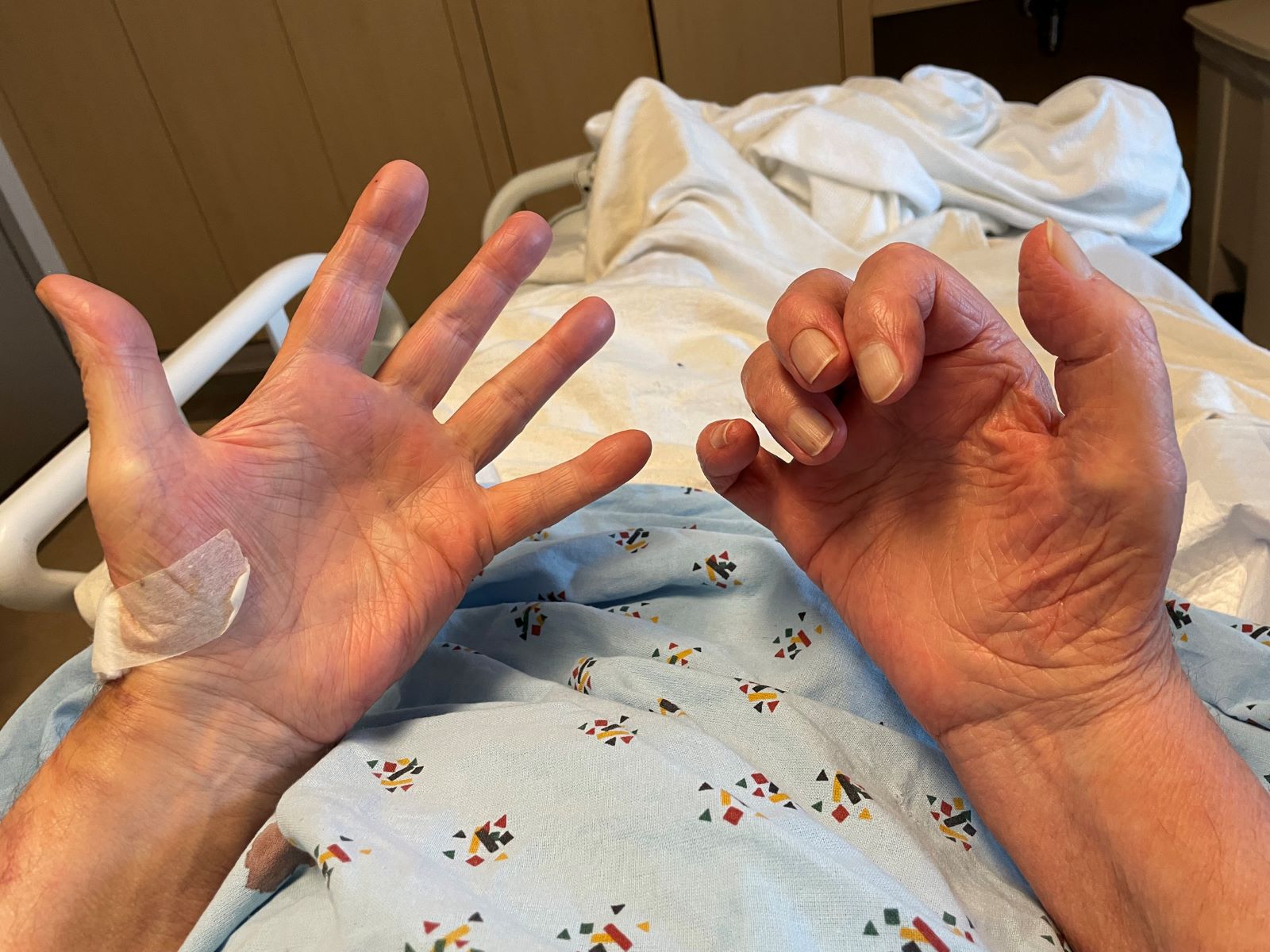
Cerebral malformations, hypertrichosis, and claw hands are a rare combination of symptoms that can drastically affect an individual's life. These conditions often stem from genetic syndromes and can lead to significant physical and cognitive challenges. Cerebral malformations involve structural abnormalities in the brain, which can cause developmental delays and seizures. Hypertrichosis is characterized by excessive hair growth, sometimes in unusual areas like the elbows or palms. Claw hands refer to a deformity where fingers bend towards the wrist, often due to nerve damage or genetic factors. Understanding these conditions is crucial for early diagnosis and effective management, improving the quality of life for those affected.
Key Takeaways:
- Cerebral malformations, hypertrichosis, and claw hands can cause various symptoms and challenges. Early diagnosis and a comprehensive treatment approach are crucial for managing these conditions and improving quality of life.
- Genetic syndromes with similar symptoms can make diagnosis challenging. Genetic testing and accurate diagnosis are essential for guiding treatment and providing the best care for individuals with these conditions.
Understanding Cerebral Malformations
Cerebral malformations are structural abnormalities in the brain. They can affect various parts of the brain and have a significant impact on an individual's life.
- Definition: Cerebral malformations refer to abnormalities in the brain's structure, which can be congenital or develop later due to injury or disease.
- Severity: These malformations can range from mild to severe, affecting different brain regions like the cerebrum, cerebellum, and brainstem.
- Symptoms: Common symptoms include developmental delays, seizures, and neurological issues.
- Diagnosis: Diagnosing cerebral malformations often requires imaging studies like MRI scans.
- Treatment: Treatment varies based on severity and may include medications, surgery, and supportive therapies.
What is Hypertrichosis?
Hypertrichosis is a condition characterized by excessive hair growth. It can be localized or generalized and often appears alongside other genetic syndromes.
- Definition: Hypertrichosis involves abnormal hair growth anywhere on the body.
- Forms: There are several forms, including hypertrichosis cubiti (hairy elbow syndrome) and hypertrichosis of the auricle.
- Localized vs. Generalized: It can be localized to specific areas or affect the entire body.
- Associated Conditions: Often linked with other genetic syndromes.
- Management: Treatment may involve topical treatments, medications, or laser therapy.
Exploring Claw Hands
Claw hands, also known as ulnar claw hand, are a type of congenital hand deformity. This condition can make it difficult to straighten the fingers.
- Definition: Claw hands involve fingers bent in toward the wrist.
- Causes: Can be caused by ulnar nerve damage or genetic syndromes.
- Symptoms: Difficulty in straightening fingers and performing hand functions.
- Diagnosis: Diagnosed through physical examination and nerve conduction studies.
- Treatment: May include physical therapy, splinting, or surgery.
Autosomal Recessive Syndrome
The condition involving cerebral malformations, hypertrichosis, and claw hands appears to be an autosomal recessive syndrome.
- Inheritance: Inherited in a recessive pattern, requiring two copies of the mutated gene.
- Genetic Basis: Both parents must be carriers for their child to be affected.
- Symptoms: Includes cerebral malformations, seizures, hypertrichosis, distinct facial features, claw hands, and overlapping fingers.
- Clinical Presentation: Symptoms can vary widely among individuals.
- Prognosis: Early intervention is crucial for managing the condition.
Similar Syndromes
Several other syndromes involve similar symptoms, making diagnosis challenging.
- Cornelia de Lange Syndrome: Characterized by growth delays, distinctive facial features, and limb malformations.
- Fryns Syndrome: Involves diaphragmatic hernia, abnormal face, and limb anomalies.
- Becker Melanosis: Presents as a patch of hyperpigmentation with hypertrichosis and other manifestations.
- Differential Diagnosis: Important to distinguish between these syndromes for accurate diagnosis and treatment.
- Genetic Testing: Can help identify the specific syndrome and guide treatment.
Treatment Options
Managing cerebral malformations, hypertrichosis, and claw hands requires a comprehensive approach.
- Surgical Intervention: May be necessary for claw hands caused by ulnar nerve damage.
- Physical Therapy: Helps improve hand function and mobility.
- Medications: Antiepileptic medications may be prescribed for seizures.
- Genetic Counseling: Important for families with a history of the syndrome.
- Supportive Care: Includes emotional support, practical assistance, and access to resources.
Final Thoughts on Cerebral Malformations, Hypertrichosis, and Claw Hands
Cerebral malformations, hypertrichosis, and claw hands are complex conditions that impact lives in significant ways. Understanding these conditions helps in managing symptoms and improving quality of life. Early diagnosis and intervention are crucial. Genetic counseling can provide valuable insights for families. Treatment options vary from surgical interventions to physical therapy, depending on the severity of symptoms. Supportive care, including emotional and practical assistance, plays a vital role. Raising awareness and educating communities can reduce stigma and foster understanding. Continued research is essential for developing better treatments and identifying genetic causes. By addressing both physical and emotional needs, we can offer a more comprehensive approach to care. Families and affected individuals should seek support from healthcare providers and advocacy groups to navigate these challenges effectively.
Frequently Asked Questions
Was this page helpful?
Our commitment to delivering trustworthy and engaging content is at the heart of what we do. Each fact on our site is contributed by real users like you, bringing a wealth of diverse insights and information. To ensure the highest standards of accuracy and reliability, our dedicated editors meticulously review each submission. This process guarantees that the facts we share are not only fascinating but also credible. Trust in our commitment to quality and authenticity as you explore and learn with us.


